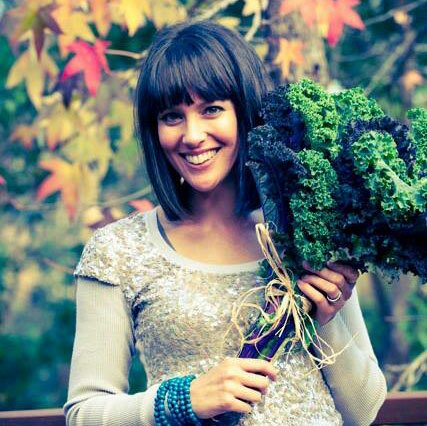Rock your Farmer’s Market and a Spring Quinoa Salad

Happy Spring everyone! And what better way to celebrate than with a trip to the local Farmer’s market.
Farmer’s markets are such a wonderful resource. Not only do you come home with fuller shopping baskets, fuller wallets and better quality produce than supermarket shopping, but you have the pleasure of mingling with the producers of your food – what a treat! I recently had the pleasure of visiting the Byron Bay farmers market in northern New South Wales, and met some fabulous people with beautiful goodies to share.



My next favourite was the sprouts. Sexy little broccoli sprouts still in their own dirt, so that you can just cultivate them as you need and they are still alive and vibrant right to the end!
Add a fabulous selection of vegetables and fruit, artesian cheeses, raw food creations, beautiful handmade breads, and loads of other wonderfulness. So how do you get the best from your farmer’s market? My hot three tips are:
2. Talk to the growers! They will be more than happy to chat with you about how and where their products are grown/produced, how to best care for it, and usually some great ideas on what to do with it!
3. Plan out your meals, or at least some of them, for the week so that you can be a little more focussed on what you need and you won’t end up with a fridge full of
…

























